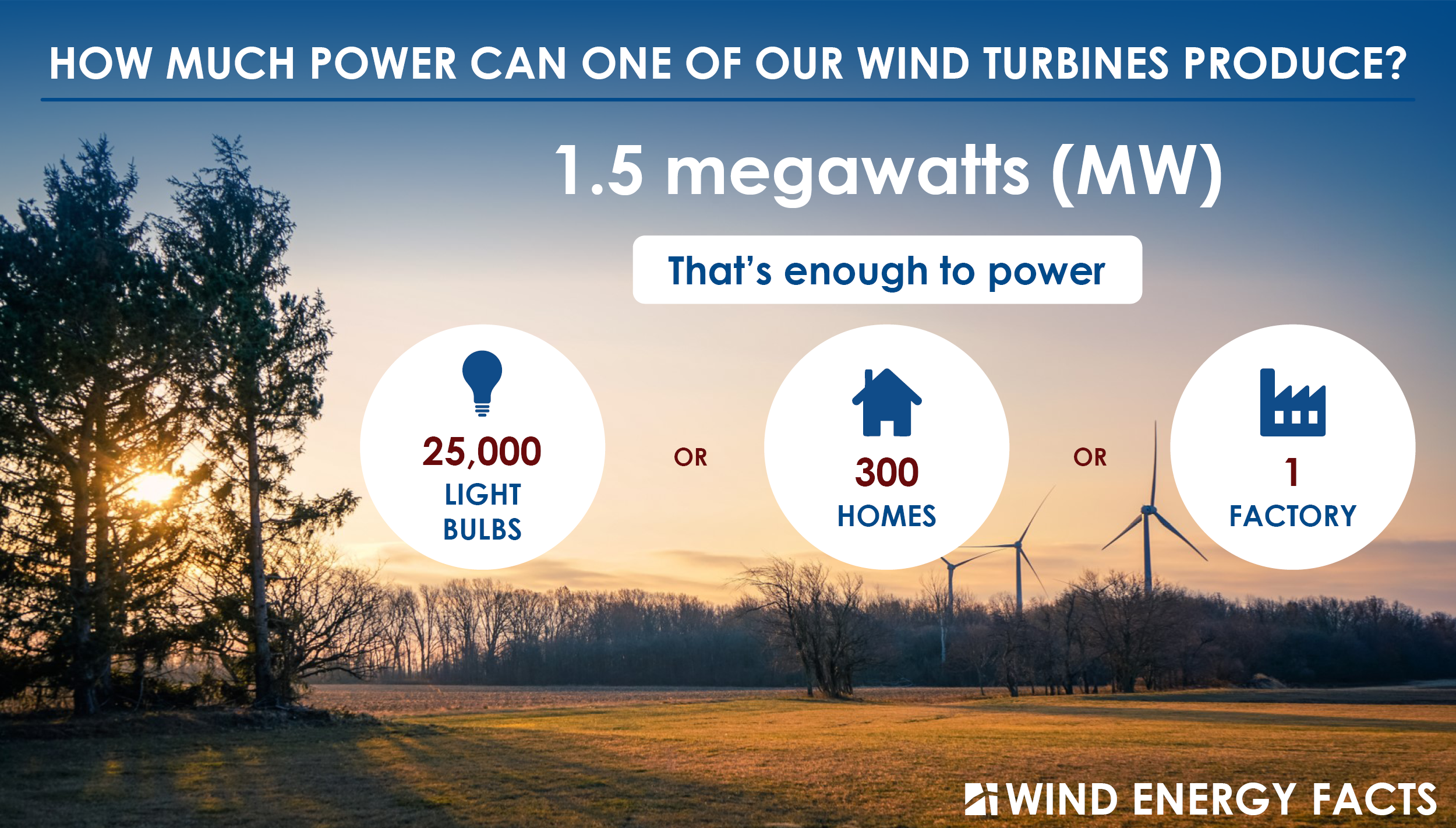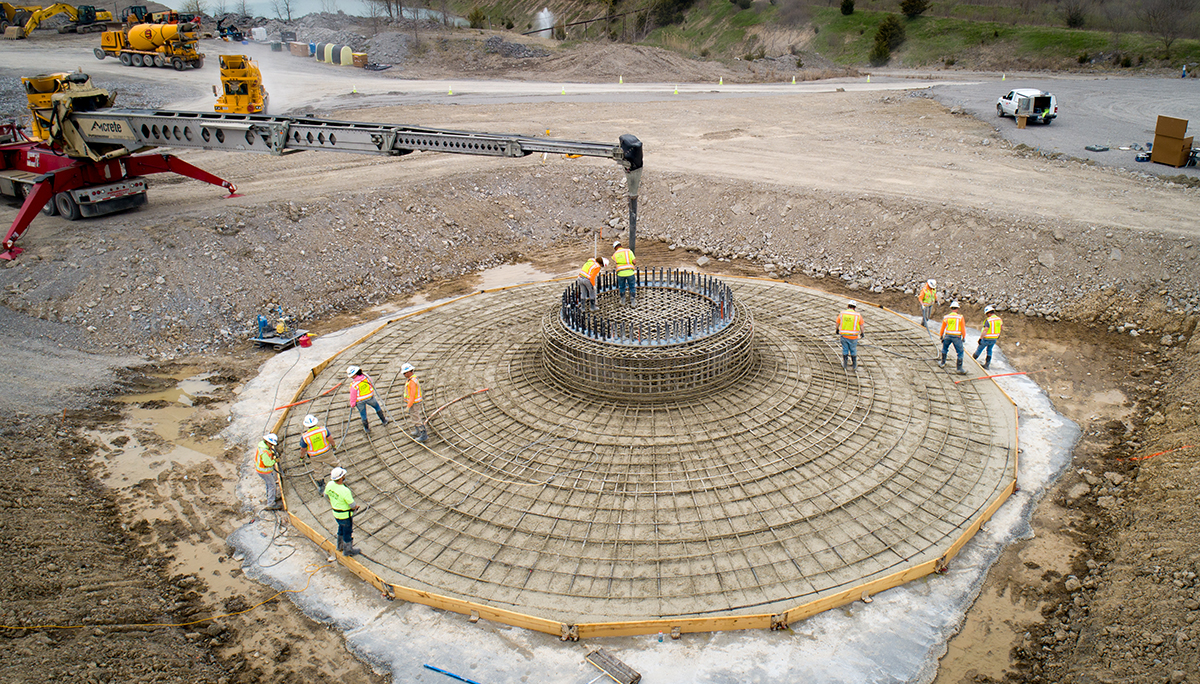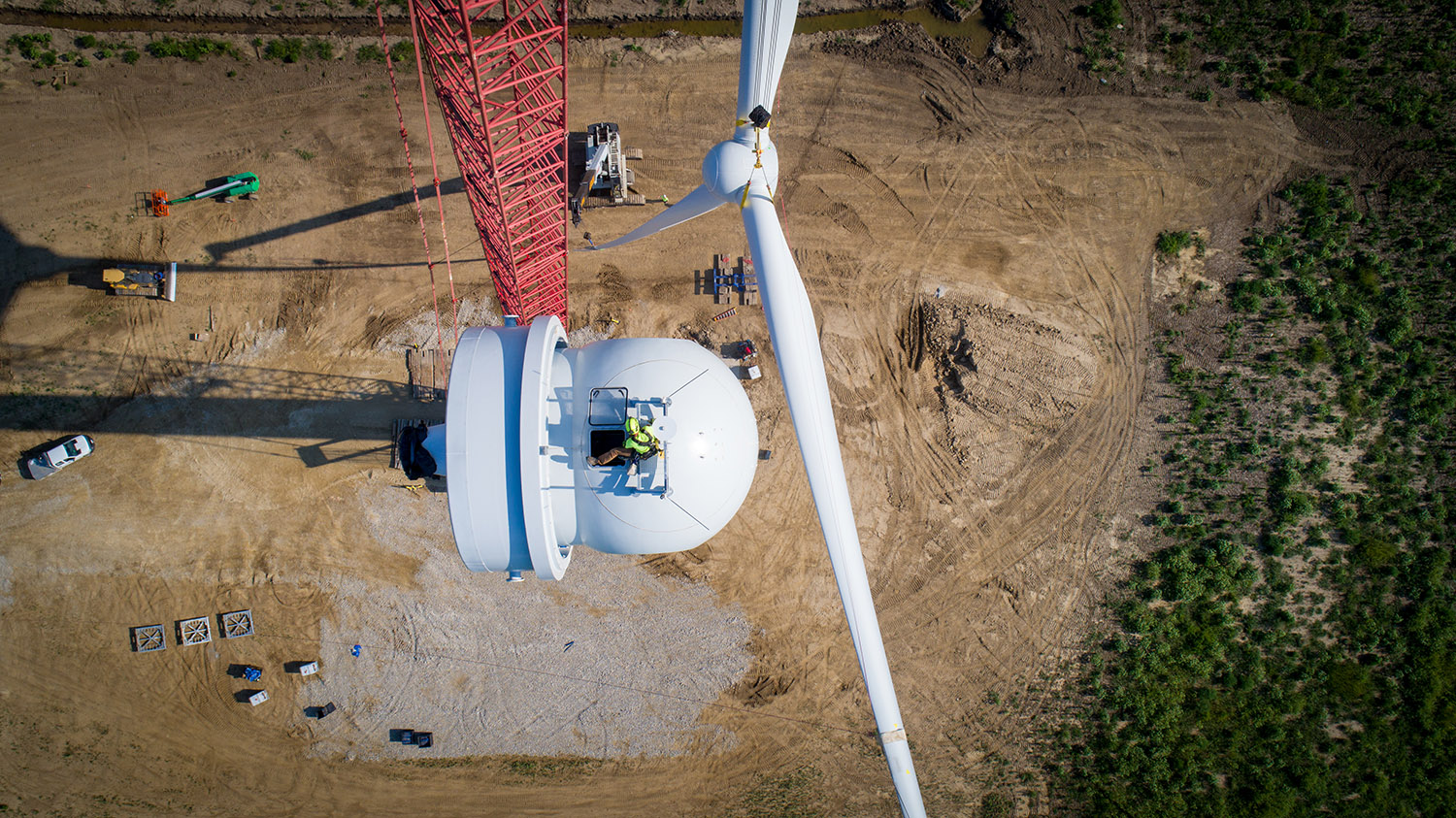I am the CEO of the largest installer of on-site wind energy in the U.S. I am a peer reviewer for the Department of Energy’s Wind Energy program. I am a consulting witness for technical wind issues. I am an expert in wind energy, on-site generation, and most things associated with the power grid. Yet, I have no idea who the real thought leaders are in the energy industry. I don’t know who the visionaries are. I don’t know who is really advancing the commercialized state of the art. And, I absolutely have no idea what those people are thinking. Do they even exist?
Most of the “thought leader” type publications I see in the energy space come from law firms and accounting firms. There is no version of the world where law firms and accountants are thought leaders. Almost by definition, they are the followers. They are, at best, historians of the recent past. Sure, lawyers and accountants are important, but they are not going to build the next iteration of the power grid, they are going to hold a conference to explain how someone else did it.
Capital providers who think they are innovators and thought leaders are equally amusing. They are not innovating; they are responding to (and funding) innovation. And, while they are immensely important to making the future grid a reality, they are not the pioneers working through the late nights and early mornings to solve the problems that no one else even knows exist.
CEOs of utilities and energy companies are not really thought leaders. They are the personification of the status quo.
The few thought leaders that you hear about as “innovative” in energy, like Elon Musk and K.R. Sridhar are, in my humble opinion, complete hacks. Their sexy west coast VC version of the grid is comical and lacks an understanding of the scale or the problem, the mounds of obstacles in the way, or the technical discipline required to reliably power this country.
We need more thought leaders in the energy transition. We need better leaders. We need differing perspectives, and we need to hear from the people on the front line of the power grid transition. We need to hear about what they are thinking, what battles they are fighting, and how they think we are doing as an industry.
It occurred to me that some of the most impressive people I have ever worked with are the people on my executive team. And, it occurred to me that the energy world needs to hear from more people like them. So, I have decided to create an “Executive Thoughts” feature on One Energy’s site. I want the thought leaders I work with to communicate more with the world, because I think the world needs and wants to hear what they have to say. I want my team to rant, to share candid personal stories about overcoming challenges, I want them to tell you what is pissing them off and what they’re excited about, and I want them to do it on a regular basis.
I hope that this candid look at the insights our energy executives have to offer inspires others. I hope that it encourages other pioneers to make time to share their thoughts and insights. I know I would love to hear from other pioneers.
With that introduction, I respectfully introduce Executive Thoughts, a weekly blog created by the executives at One Energy, to share our experiences from the frontlines of solving real energy problems, and to share what we’re thinking.












